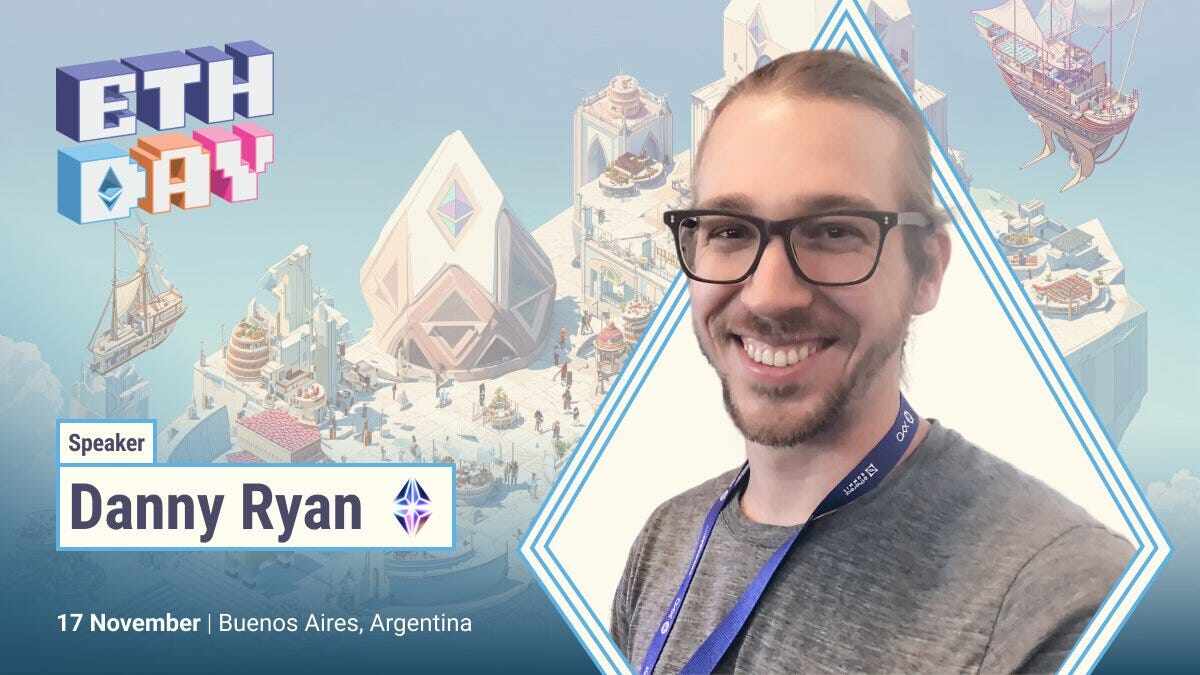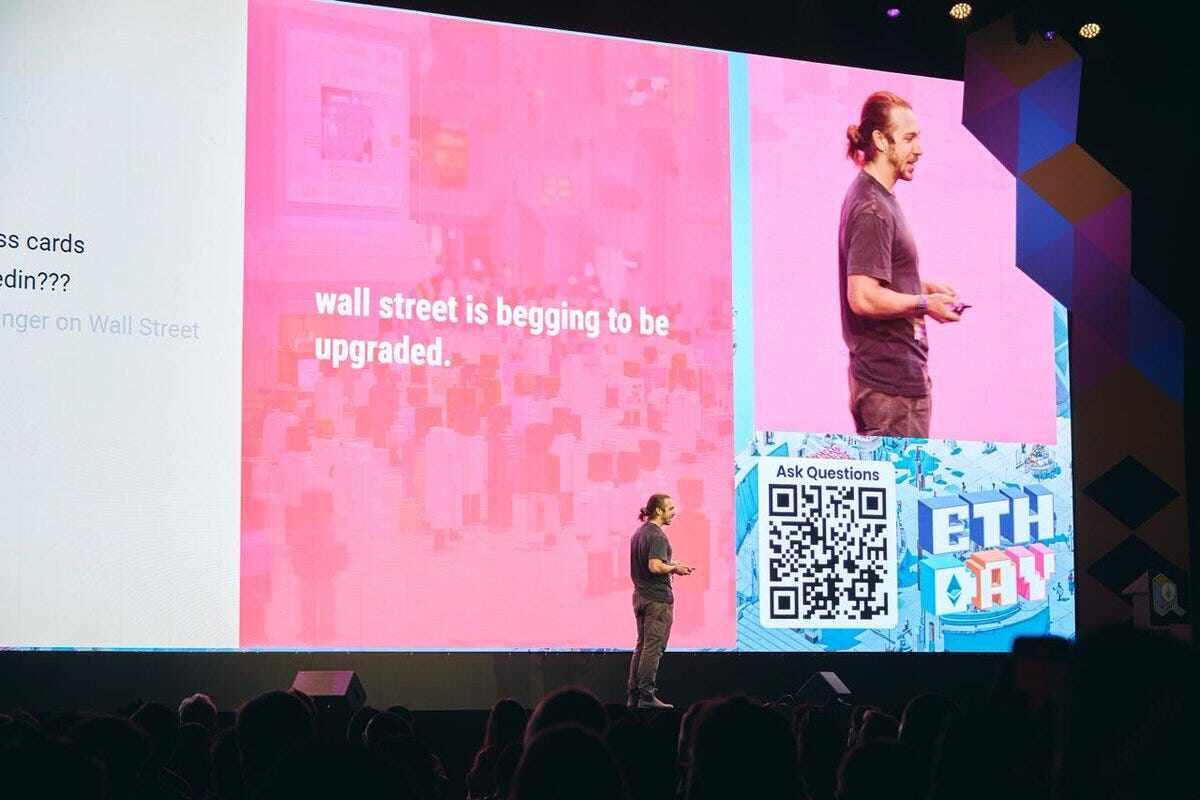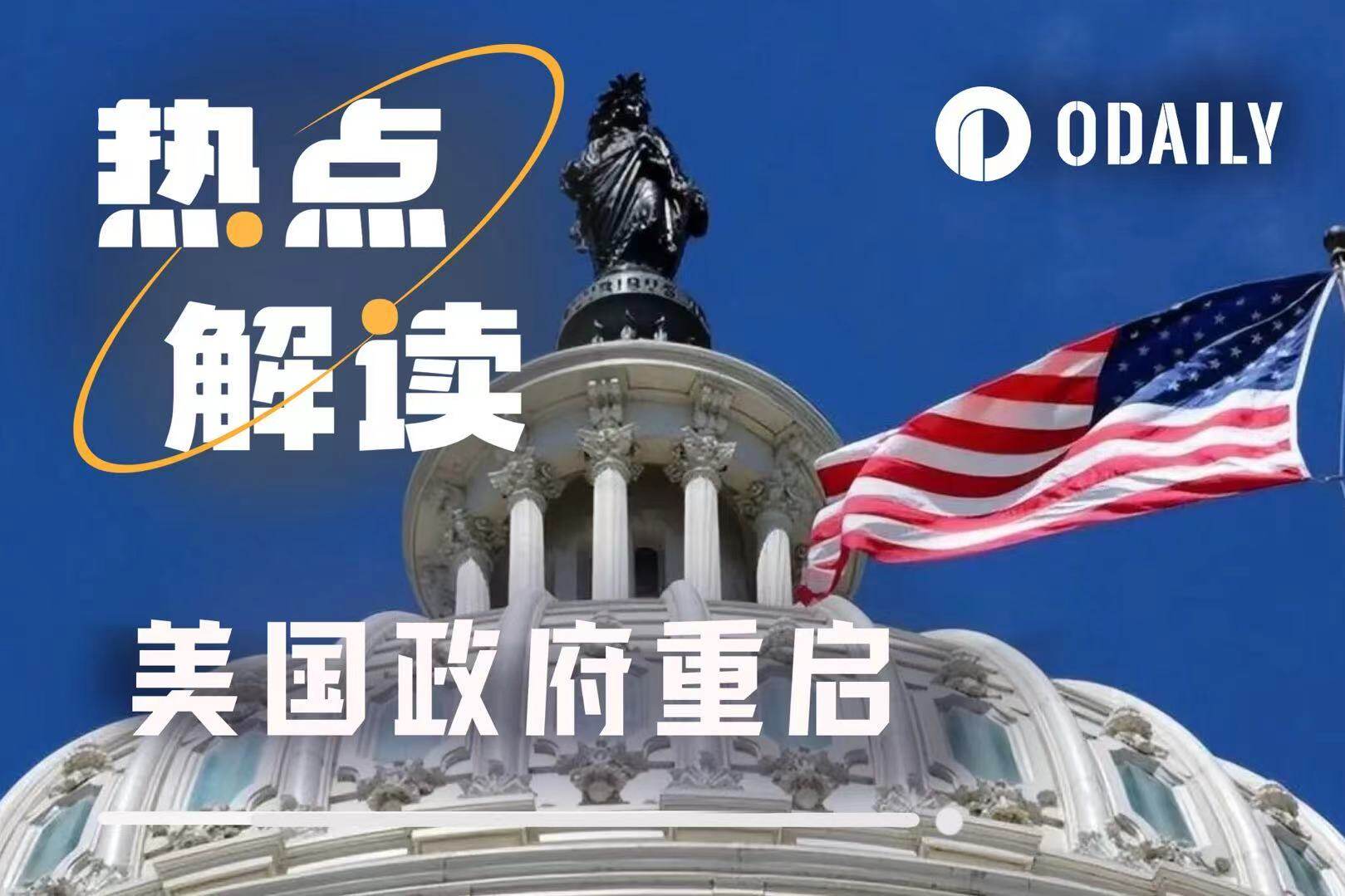Danny Ryan: Wall Street needs decentralization, it needs Ethereum.
What surprised me most was that Wall Street actually has a strong demand for decentralization.
This sounds counterintuitive. We cypherpunks and crypto natives care about decentralization, but the general public seems more interested in trading stablecoins on Binance or riding the Memecoins on-chain. Does nobody seem to care about this? But Wall Street does.

Danny Ryan is the co-founder of Etherealize and a former core researcher at the Ethereum Foundation. He shared his insights from his transition from protocol development to institutional applications at DevconnectARG2025.
Introduction: From Agreement Research to Viewing the World Through a "Bank's Perspective"
Long time no see. I missed Devcon last time; that was the only thing I could say about Ethereum at the time.
I've worked in the decentralized systems field for nearly a decade, focusing on building Ethereum, researching mechanism design, decentralization, security, and resilience. And now, I deal with banks every day. It's a bit strange, but actually very interesting. I've learned a lot, and they've learned a lot from us. For example, I'm surprised to find that people still use business cards so frequently, and everyone's on LinkedIn, even though I haven't registered (I'm pretty sure my colleagues aren't too happy about it), yet Wall Street still relies on these tools.
Speaking of Wall Street, the "Wall Street" is no longer actually on Wall Street. Apart from the New York Stock Exchange, most other institutions have moved to Midtown Manhattan.
Current situation: Extreme inefficiency of traditional financial markets
We often assume institutional markets are highly efficient, and you might think online instant trading is easy, but in reality, stock trades take a full day to settle (T+1), and that's already considered the most efficient market. If you look closer, you'll find that institutional markets are rife with inefficiency and a lot of manual processes.
The technology is extremely fragmented. An asset manager might use one software to manage positions, another for settlement, and a third for compliance, all requiring complex integration. It's a disastrous software stack, a patchwork of solutions reminiscent of Frankenstein's monster. Some institutions are even still sending faxes to each other. Settlement and other critical activities are excessively time-consuming. Bond settlement takes two days, a far cry from the "huge victory" of upgrading from T+3 to T+2 a decade ago.
In the world of Ethereum, transactions and settlements occur simultaneously, which is an inherent advantage we possess.
Traditional systems are riddled with intermediaries and systemic counterparty risk. This architecture, which has persisted for over a century, is simply law superimposed on paper, and then on intermediaries. From an anthropological perspective, it's a miracle they were able to build such a system. But now that we have better technology, it's time to fix it.
Key Insight: Institutions Actually "Craving" Decentralization
What surprised me most was that Wall Street (institutional investors in general) actually has a strong demand for decentralization.
This sounds counterintuitive. We cypherpunks and crypto natives care about decentralization, but the general public seems more interested in trading stablecoins on Binance or riding the Memecoin wave on-chain. It seems nobody cares about this? But Wall Street does. Let me "translate" the reasons for you from their perspective:
- Eliminating Counterparty Risk: One of the most important perspectives for institutions is "Who will cheat me?" From counterparties to affiliated banks to infrastructure, there is risk at every layer. The decentralization and credible neutrality of the infrastructure layer can greatly reduce or even eliminate this risk.
- Uptime: This is crucial. They require 100% uptime. Ethereum achieves this precisely because it has over a dozen clients and tens of thousands of nodes running. This is not accidental, but intentional design.
- CryptoEconomic Security: Only a very few decentralized systems in the world can provide the security required for trillions of dollars in assets. I'm not referring to the hundreds of dollars held by countless retail investors, but rather global assets totaling hundreds of billions of dollars. You can't just launch any system tomorrow and expect it to have this level of security. Ethereum possesses this scarce resource.
- Mature application layer: Ethereum has been running for ten years. If you talk to banks, anyone with even a basic understanding of blockchain refers to EVM and Solidity. They need mature security and application standards, not the latest trendy software that will emerge tomorrow.
- Privacy: This is something I value highly. Establishing privacy for institutions is the "Trojan horse" driving the overall privacy narrative in blockchain. For institutional adoption, privacy is the ticket (TableStakes) , not some fancy, icing-on feature. Without addressing privacy, market upgrades are impossible. Because when Institution A and Institution B trade, they cannot directly expose their positions, which doesn't align with market dynamics. Fortunately, Ethereum has invested billions of dollars in applied cryptography (especially zero-knowledge proofs like ZK), and our investments in scalability (compressed computation) have unexpectedly yielded privacy benefits.
- Network effects and liquidity: Capital tends to flow to where it is concentrated. Ethereum is far ahead in this regard, with the widespread adoption of stablecoins.
- Modular infrastructure (Layer 2): This is very important. When I explain Layer 2 to institutions, they are very receptive. Banks want to build customizable and scalable systems, but also want these systems to connect to Ethereum, the internet of value.
Once you truly engage in in-depth conversations with institutions and fill in the knowledge gaps, you'll discover that Wall Street needs Ethereum.
Real World vs. Speculative World
As a developer, it can be frustrating at times. You strive to build an unshutdownable, decentralized system, only to see people chasing after Meme tokens issued by multisignature wallets controlled by "three people in the basement." You worry that nobody cares about decentralization.
However, the institutional demand for decentralization is actually a window into the real world . If it's just hype, people may not care; but if it involves putting retirement funds and real estate deeds on the blockchain, the real world will mandate decentralization. In these scenarios, security that is no less than, and perhaps even better than, existing systems is required.
Strategic shift: From "simply explaining" to "building better products"
The Ethereum community is very good at building infrastructure and designing mechanisms, but we need to move beyond the mindset of "if we build it, they will come."
We can't just explain to institutions why they need decentralization. We need to force global assets onto the blockchain. How? Not through simple tokenization, but by building a system far superior to existing ones, to the point that global assets have no choice but to migrate to the blockchain.
Value propositions can be divided into two stages:
- Simply Better: Faster, cheaper, no need to trust middlemen, and more user-friendly interface.
- Extended Ecosystem: Asset programmability, DeFi composability, etc.
We often focus too much on point 2, but we need to spend more time on point 1. While current institutional products boast elegant interfaces and powerful reporting features, their underlying technology remains primitive. By leveraging blockchain's characteristics (such as atomic settlement), we can fundamentally improve these products. Only by perfecting point 1 can we attract long-tail assets to the innovative realm of point 2.
Measuring Success: Trillions in Assets and Market Evolution
We should measure success in trillions. Currently, there are approximately $18 billion in so-called RWA (Real-World Assets) on Ethereum. By the way, if you talk to institutions, they don't call it RWA; they just call it "Assets." The global assets under management are estimated at $120 trillion. If we want to put the global economy on the blockchain, we must target institutional capital.
Another measure of success is influence and market evolution.
This includes two phases:
- Rewire: Utilizing Ethereum and Layer 2 programmatic settlement rules to eliminate manual checks. For institutional markets, Ethereum is already "fast" (compared to T+1 settlement).
- Evolve: Expanding market access. The current market is highly barrier-free, sometimes due to legal restrictions, sometimes simply for niche markets. But through on-chain products and DeFi, we can allow more people to participate—it's a positive-sum game. Institutions want to manage more assets, and the general public wants access to financial products.
Conclusion: The Most Important Work
I enjoy focusing on solving the most important problems. Currently, I'm working daily at Etherealize on institutional adoption. This includes filling cognitive gaps and explaining why we shouldn't use those weird and closed "privacy chains" that lack DeFi, but instead build on Ethereum.
We need to truly build and design private environments, and understand asset flows, legal complexities, and compliance. If we don't, we'll be handing over the global economy to others. If we want to change the world, it's time to bring the world to Ethereum.

Q&A Session
Q1: What is the biggest misconception about Ethereum's decentralization when talking to institutions?
Danny: Institutions are becoming increasingly savvy; they have a kind of FOMO (fear of missing out), worrying that Fintech will steal their lunch. The main misconception might be that "decentralization" means "lawlessness" or "lack of control over access." In reality, on-chain environments are highly programmable; you can set the rules. This fear is translating into a concern about falling behind, which presents a fantastic opportunity for builders.
Q2: What advice do you have for developers who want to enter the institutional field?
Danny: Just as understanding the Ethereum technology stack is difficult, Wall Street is a complex behemoth. My advice is: find a partner. Find a friend who has traded on Wall Street but wants to learn about decentralization, and team up with them.
Q3: With increasing adoption, is there a risk that Ethereum will be "co-opted" by institutions?
Danny: Of course. We need to bring in global assets while maintaining the resilience, distributed nature, and global reach of Ethereum's core. As long as we retain the ability to fork, there are risks. I'm not an ossificationist, and I think we have a lot of work to do, but we must be very careful in bringing in assets.
Q4: How do you ensure that the correct narrative is conveyed to institutions?
Danny: We need to work together. The Ethereum Foundation's establishment of the Enterprise Group is a great first step. But this involves hundreds of key companies and trillions of dollars in assets; we can't go it alone. We need to unite on narrative and education to ensure our voices are heard at negotiating tables around the world.
Q5: Is there anything you know now but wish you had known at the beginning?
Danny: Language translation. For example, when I talked to the former head of JPMorgan Chase's oil business about "RWA," he didn't understand at all because to them it was simply "assets." And then there's "Atomic Settlement"—they don't have that concept because in traditional finance, asset delivery and fund payment are often separate (even deliberately delaying payments to earn interest). We need to learn their language and provide them with the correct "translation."
Q6: What is it that can catch the eye of an organization?
Danny: Layer 2 (L2). This really resonates. Institutions love the concept of having sovereignty (building their own and their partners' L2) while remaining connected to the Ethereum ecosystem, rather than swimming in a large public pool.
Q7: What is your view on ecosystem collaboration?
Danny: I've been too focused on working in isolation over the past year, and there's been less collaboration, which needs to be reviewed. With global assets going on-chain, it's not just about infrastructure; every part of the ecosystem—DeFi, on-chain lending, capital formation, compliance stack—needs to be fully utilized. Everything we've built over the past few years has been for this moment.
- 核心观点:华尔街机构强烈需求去中心化。
- 关键要素:
- 消除对手方风险。
- 要求100%正常运行时间。
- 需要成熟应用层与隐私。
- 市场影响:推动万亿级资产上链。
- 时效性标注:中期影响。



